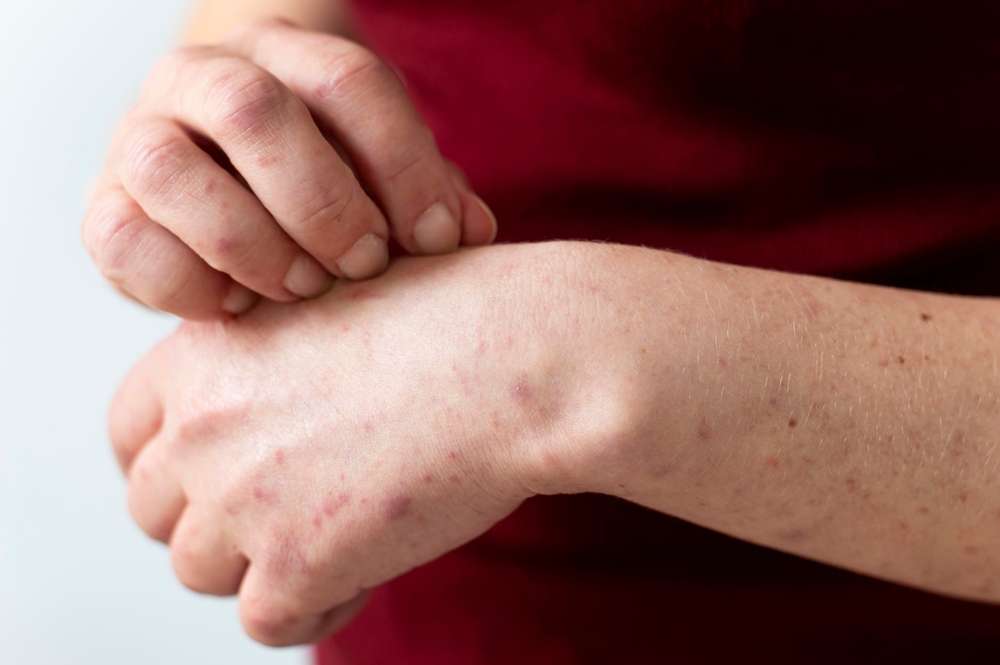Allergy Treatment: Recognizing and Managing Symptoms
Allergic reactions range from mild irritation to life-threatening responses, and recognizing symptoms early helps guide appropriate treatment. Common signs include itching, redness, hives, and swelling in different parts of the body. Understanding how treatments work — from antihistamines to emergency epinephrine — and when to seek medical care can reduce complications and improve outcomes for people living with allergies.

This article is for informational purposes only and should not be considered medical advice. Please consult a qualified healthcare professional for personalized guidance and treatment.
Swelling: common causes during allergic reactions
Swelling occurs when the immune system releases chemicals like histamine in response to an allergen, increasing blood vessel permeability and fluid leakage into tissues. Mild swelling might affect a confined area after an insect bite or contact with an irritant. Treatments for swelling commonly include oral antihistamines to reduce histamine effects, cold compresses to limit fluid accumulation, and short courses of oral corticosteroids for more pronounced or persistent swelling. If swelling progresses rapidly or involves breathing structures, emergency care is required. Identifying and avoiding the trigger is important to prevent recurrence.
Face: allergic reactions affecting the face
Facial allergic reactions can be alarming because they are highly visible and may cause discomfort. Common causes include contact dermatitis from cosmetics or topical products, allergic rhinitis causing nasal congestion and facial pressure, and insect stings that produce localized inflammation. Topical barrier creams and avoidance of known irritants help prevent contact reactions. For symptomatic relief, non-sedating oral antihistamines and topical corticosteroids (prescribed by a clinician) can reduce redness and itch. Persistent or unexplained facial swelling should prompt evaluation by a healthcare provider to rule out infection, systemic allergy, or other medical conditions.
Skin: diagnosing and treating allergic skin reactions
Allergic skin reactions include hives (urticaria), contact dermatitis, and eczema flares. Hives are raised, itchy welts that can migrate and vary in size; they are often treated with oral antihistamines and, in severe or chronic cases, referral to an allergist for further evaluation. Contact dermatitis typically benefits from identifying and avoiding the triggering substance, gentle skin care, emollients to restore the skin barrier, and topical corticosteroids for inflammation. Patch testing or skin-prick testing can help pinpoint culprits when the trigger is unclear. Proper skin care and allergen avoidance are central to long-term management.
Lips: allergy-related lip swelling and irritation
Swollen or irritated lips can arise from food allergies, medication reactions, contact with lip care products, or oral allergy syndrome associated with pollen-food cross-reactivity. Mild lip swelling may respond to antihistamines and cold compresses, while topical emollients and gentle lip care avoid further irritation. If lip swelling is accompanied by widespread swelling, tongue involvement, difficulty swallowing, or breathing difficulties, treat as a potential anaphylactic reaction and seek emergency care immediately. For recurrent lip reactions, documenting the timing and suspected exposures and consulting an allergist for testing can help identify preventive strategies.
Throat: when throat symptoms indicate emergency
Throat symptoms such as tightness, hoarseness, difficulty swallowing, or a feeling of closure can signal a serious allergic reaction involving the upper airway. This may progress rapidly to life-threatening airway obstruction. Emergency treatment for suspected anaphylaxis includes immediate intramuscular epinephrine and activation of emergency medical services, followed by monitoring in a medical setting. For less severe throat symptoms associated with allergic rhinitis, antihistamines, nasal corticosteroids, and allergen avoidance may provide relief. Anyone with recurrent throat symptoms after exposure to potential allergens should undergo evaluation to determine risk and preventive measures.
Conclusion
Allergy treatment depends on symptom severity, location, and the underlying trigger. Over-the-counter and prescription antihistamines, topical or oral corticosteroids, and specific interventions like epinephrine for anaphylaxis form the core of medical responses, while avoidance and allergen identification reduce future risk. For persistent, recurrent, or severe reactions—especially those that involve the throat or breathing—timely assessment by a healthcare professional or allergist is important to establish a safe, individualized management plan.






